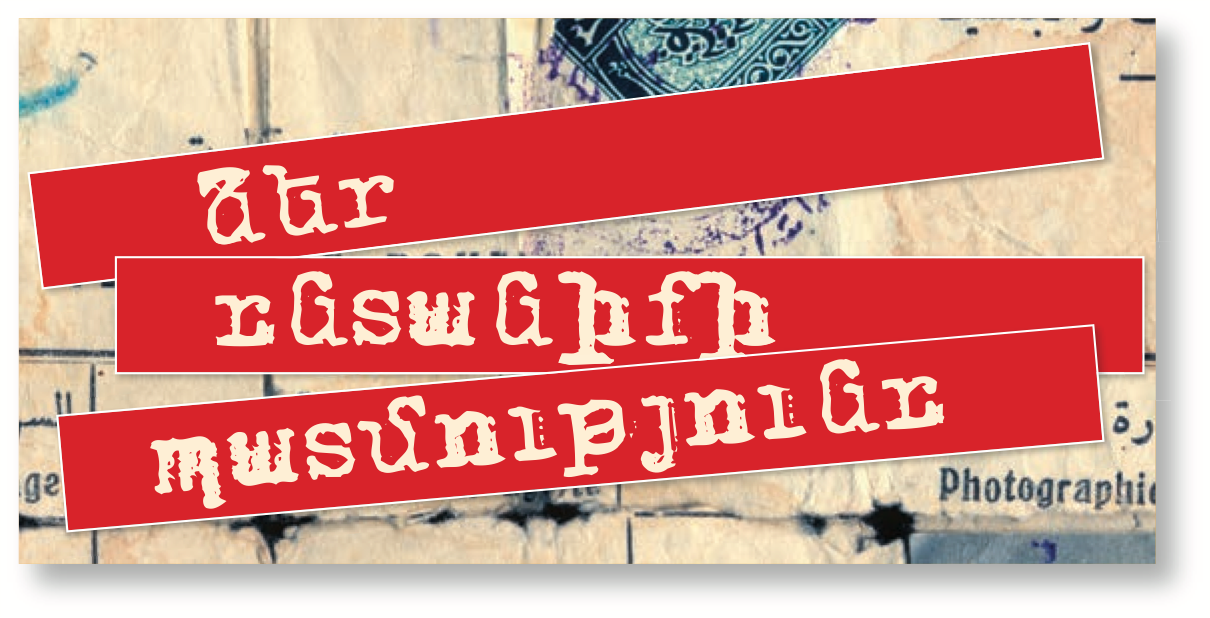Exile
TO SIBERIA
The most unexpected of things occurred on the night of June 13, 1949. That night was a surprise to locals, who had passed through the hell of Stalinizm, and to the repatriates, who were adapting to the whims of the totalitarian system with difficulty. The Soviet repressive machine had been conducting mass deportations since the 1920s, but this type of punishment had bypassed Armenians. This was the first case when Armenians were expelled en masse. But it wasn’t ethnically motivated. As we see in the historical documents, the contingent of Armenian exiles was given the particular name of “Dashnak” and had three sub-groups:
- Local Armenians who ever had direct or indirect links to the ARF
- Soldiers taken prisoner in the war or who had served in the Armenian Legion
- Repatriates
On that night, 2,754 families (12,300 individuals) were exiled from Armenia to the Altay region. Ten per-cent of them, 1,578 individuals, were repatriates. Labelled as “Dashnaks”, Armenians were also deported from Georgia, Azerbaijan and areas bordering the Black Sea.
As opposed to individuals who were tried and imprisoned according to the decisions of the court, military tribunal, or the special consultative body of the state security ministry, the deported didn’t have personal case files with investigation material, with interviews of the deportees themselves or of witness, or material evidence.
Preparations for the deportations started in January 1949, in conditions of great secrecy. Upon the instructions of the Ministry of State Security (MSS), lists of former Dashnaks, Armenian POWs (Legionnaires), repatriates and their family members were compiled in the republics of the Transcaucasia and Black Sea border regions.
On May 28, 1949, the USSR MSS issued an order, and the next day the USSR Council of Ministers (with Stalin’s signature) adopted N 2214-856, a top secret decision “Regarding the relocation, resettlement and employment of those deported from the Georgian, Armenian and Azerbaijani Soviet Socialist Republics and Black Sea border regions.”
To implement the decision, top MSS delegation, headed by Lieutenant General Yuri Yedunov (Deputy Chief of the Second General Department) arrived in Yerevan. Yedunov had a good deal of experience when it came to mass deportations of populations. On March 25-28, he was in charge of deporting families of so-called bandits and kulaks (28,981 individuals) from Latvia.
People were exiled. They spent some two weeks travelling in cargo trains and were relocated to the forest enterprises and state farms in the Altai region, without ever knowing their crime or reason for being deported. The mass relocation was ‘legalized’ later, during the period of November 1949-June 1950. Documents regarded as substantiation for the deportations, were compiled by a special advisory board attached to the USSR MMS in the name of the senior member of the exiled family or that member who was the reason for the deportation.
Those exiled were told of these documents at the commandant’s headquarters at their new places of residence. Here, they were also told that their banishment was permanent, until they died. They were warned not to leave their residence, and threatened with twenty years’ imprisonment or hard labor if they did so. The exiled person had to report to the commandant’s office once a week and sign in.
Once the deportees learnt about the documents prepared by the special advisory board attached to the USSR MMS, they started to write letters to top officials – Stalin, Beria, Malenkov, Mikoyan, Voroshilov, First Secretary of the Communist Party of Armenia Grigor Harutyunyan, and others. They wanted to know their transgressions and what crimes they had committed. They wrote about lives and suggested that officials interview this or that individual in order to verify their innocence. They described living conditions in their places of exile. These conditions, to put it mildly, were far from tolerable.
In rare cases, such entreaties and complaints were acted upon and families were freed. More often than not, the standard reply was, “Your case is not subject to review.”
Members of deportee families capable of working were placed in agricultural or forestry jobs. Their education level, profession or trade, wasn’t taken into account. The deportees, especially the repatriates, also had serious language problems. They didn’t know Russian, which created difficulties both at work and when dealing with local authorities. School classes for the children were in Russian only.
It is hard to imagine what the fate of these unfortunate people would have been had Stalin not died on March 5, 1953 and the internal politics of the country not have changes as a result.
After the death of Stalin, the lives of the deportees became a bit better. Naturally, they were not permitted to return to Armenia, but the authorities were already closing a blind eye to ‘illegal’ movements within the Altai region. People could change their residence, find other work, etc.
Authorities started to respond to the letters written by deportees after the death of Stalin, in hopeful terms – “Your case is being reviewed.”
The Republican Committee set up in 1954 to review the cases of the deportees started its work and in the span of two years absolved the “crimes of the Dashnaks”. By 1956, the vast majority of exiled families had returned to Armenia.



















